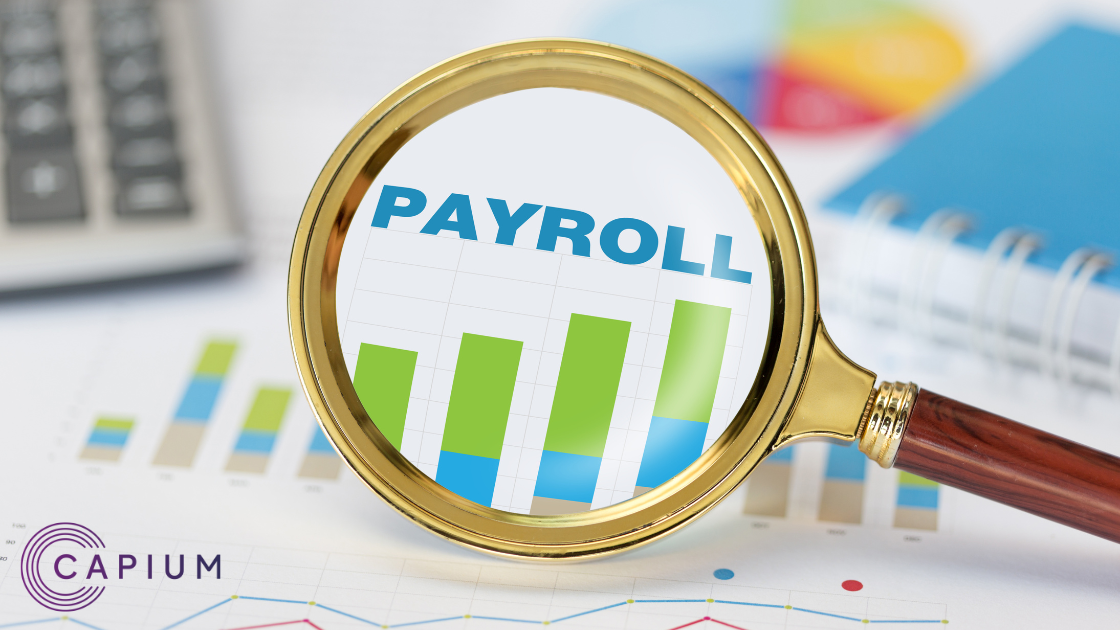Making Tax Digital (MTD) has been causing ripples ever since its announcement in 2015. The concept behind this initiative is to make tax simpler for both the taxpayers and the HMRC. It would remove the usual inefficiencies that are inherent in a paperwork-based taxation system.
The HMRC published a report in December 2015 which described the four main foundations of MTD:
- Tax Simplified
- Making Tax Digital for Businesses
- Making Tax Digital for Individual Taxpayers
- Tax in One Place
In this post, we will be discussing the third main foundation, namely, making tax digital for individual taxpayers. We have already covered the first and the second foundations. Check them out if you haven’t already!
The Importance of Digitising the Taxation System
Why make tax digital in the first place?
After all, it is not like we don’t have a process already!
You might have had these thoughts when you first heard of MTD. Here, we’ll discuss why it is important and how it can benefit individual taxpayers in the long term.
Currently, the major flaws in the taxation system include the need for taxpayers to provide redundant information every time they file the report, incorrect updates of information, lack of transparency and the risk of late submissions.
These risk factors combine to cause discrepancies in the system, which leads to a high number of errors. MTD aims to combat these inconsistencies by providing a digital platform where individual taxpayers would be able to view the information about their tax dues, would be able to make prompt updates to the HMRC, and the HMRC would no longer have any need to ask for redundant information anymore.
Will the Transition be Easy?
Following the lead of businesses, most of the individual taxpayers in the United Kingdom are already using digital means to manage some of their tax affairs. The digital accounts have already been introduced, which means that people will have time to get used to the digital aspect of the taxation system. The fact that 86% of Self Assessment tax returns are made online is a testament to the reality that this transition into the digital taxation system would be welcomed and appreciated.
The HMRC aims to complete the implementation by 2020. The plan entails the provision of a full range of tax and Child Benefit services, protection of data through encryption, and the ease of accessibility from a wide range of devices.
The best part about this digitisation is that it will send automatic advice prompts (via secure messaging on the digital account) customised to the specific circumstances and need of the taxpayer; e.g., if an individual reaches retirement or has a baby.
The Assistance of Real-Time Data and Updates in MTD
Despite the fact that most of the PAYE employers are operating in real time, the problem remains that the final tax position is reconciled only at the end of the tax year. By that time, many individual taxpayers may find that they have either paid too little or too much—both of which are frustrating conditions which take up a huge chunk of the taxpayer’s time to resolve.
With the implementation of MTD, the use of real-time data by the HMRC will help tackle this problem. The data provided by both the individual taxpayer and third parties like the taxpayer’s employers would help streamline the process.
If you are looking for more information and want to keep updated about the digitisation of tax, checkout our MTD blogs today!







